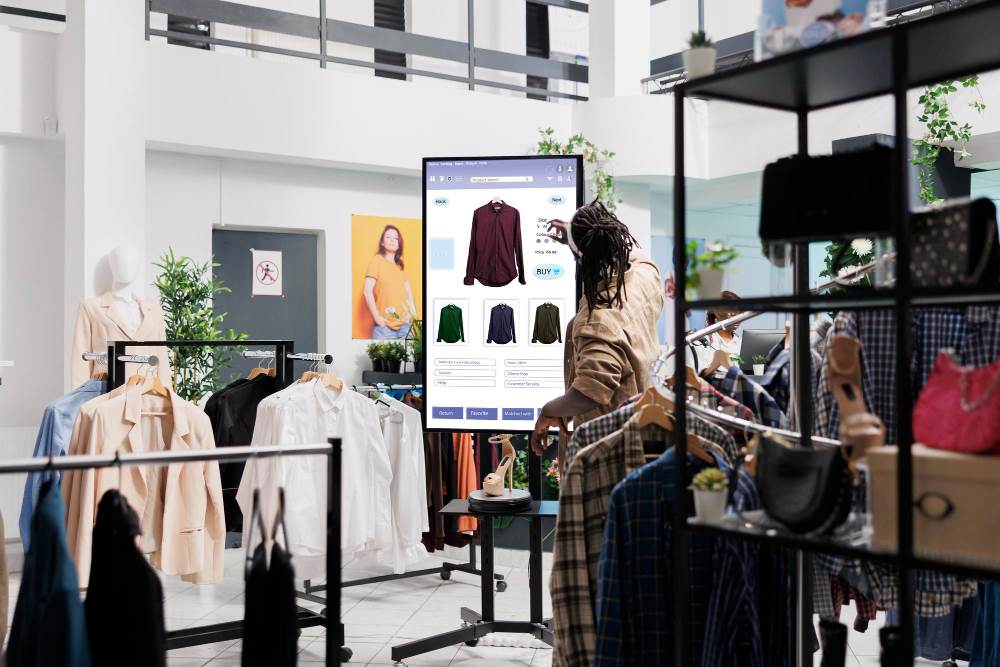The retail industry in India contributes considerably to the country’s economic growth, comprising 10% of the GDP and generating employment for 8% of the population. This industry is an amalgamation of organized and unorganized sectors and is characterized by a blend of traditional mom-and-pop stores and modern retailing concepts.
The Indian retail sector is growing at a three-year compounded annual rate of 46.64 % and is expected to become the world’s third-largest consumer market by 2030. This rapid growth is driven by increased disposable income, improved logistics, a rise in product offerings, technological advancements, and the proliferation of mobile and internet users.
Technological advancements have catapulted the retail industry’s significant transformation, enabling better solutions to meet the fast-changing demands of modern consumers. As the industry faces more competition in the wake of the increasing popularity of e-commerce, it has become paramount for retailers to navigate the challenges to remain ahead of the curve.
Businesses of different sizes- from small retail stores to large format outlets to carts & kiosks – must leverage the latest retail technology. With access to huge customer data, retailers are using technologies like eStore, CRM, artificial intelligence (AI), and machine learning (ML) to offer tailored shopping experiences to their customers.
How to remain ahead of the curve as a retailer
The success of a retail business depends on its ability to swiftly adapt to changing consumer preferences and market dynamics. With the rise of e-commerce and the increasing demand for personalized customer experiences, traditional brick-and-mortar stores face immense pressure to reinvent themselves. Let’s discuss some key factors that can help retail businesses to strive in this competitive market.
Data is The New Oil
We live in an era where data is as precious as oil. Retailers have a goldmine of information about customers’ behavior, purchasing patterns, and preferences. However, collecting data is not enough; extracting insights from this wealth of information is paramount to ensure a better customer experience. With advanced analytics, AI, and ML algorithms, retailers can unearth hidden trends, predict demand, optimize inventory management, and tailor offerings to meet the unique needs of their target audience.
Amazon is the best example of a retail brand that has mastered the art of data-driven decision-making. The e-retail giant has built a reputation for delivering highly personalized recommendations and seamless shopping experiences by analyzing vast repositories of customer data. From browsing history and purchase patterns to product reviews and social media interactions, Amazon leverages every data point to refine its algorithms and provide customers with a tailored experience.
Embracing Omnichannel Strategies
In today’s digital world, customers expect a seamless and consistent experience across all touchpoints, whether they are shopping online, in-store, or via mobile devices. Retailers must embrace omnichannel strategies by integrating physical and digital channels and offering customers a unified brand experience.
For example, leading global retailers like Walmart and Target have made significant investments in their omnichannel capabilities, allowing customers to shop online, pick up their orders in-store, or have them delivered to their doorsteps.
Augmenting the In-Store Experience
While e-commerce continues to grow, physical stores remain an integral part of the retail landscape. Retailers must focus on offering customers the best-in-class in-store experience by leveraging cutting-edge technologies to connect with them. Augmented reality (AR) and virtual reality (VR) revolutionize how customers interact with products and brands.
Cosmetics brands use AR to enable customers to virtually “try on” makeup products before investing, enhancing the shopping experience. Artificial intelligence (AI) and machine learning are also pivotal in optimizing store operations and enhancing customer service. Retailers can use these technologies to analyze customer behavior and deploy intelligent chatbots or virtual assistants to provide personalized recommendations to customers.
Embracing Sustainable Practices
Sustainability has become a critical part of today’s business landscape. No longer just a buzzword, it has become a necessity in the current, socially conscious world. With rising awareness, consumers are increasingly prioritizing environmental sustainability and ethical business practices.
As a result, they prefer retailers that actively embrace sustainable practices from the operations to the supply chain level. By harnessing data and technology, retailers can improve their supply chain processes, reduce waste, and minimize their environmental footprint.
For instance, predictive analytics can help retailers forecast demand more accurately, leading to more efficient inventory management and less overproduction. Sustainability is a good ‘purpose’ to have in your business.
Bottomline
The future of the retail industry will be determined by trends that will prioritize customer expectations and omnichannel experience. Utilizing data and technology will help retailers improve their services to innovate and grow. Retailers that embrace these powerful tools and seamlessly integrate them into their operations will be well-positioned to deliver exceptional customer experiences, drive profitability, and stay ahead of the competition.




